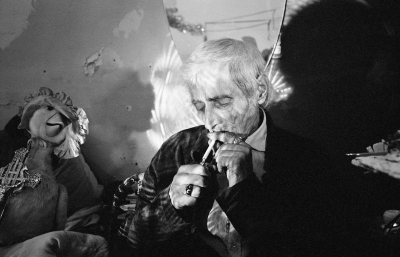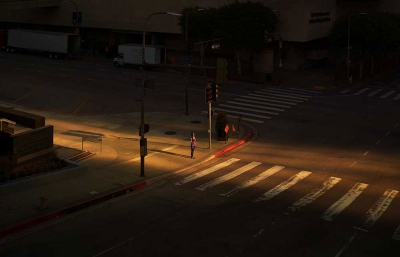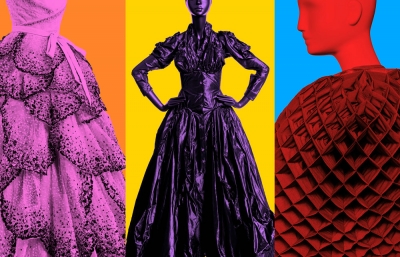
It was the end, and in a sense, a beginning. So much has been mythologized and written about Woodstock that it has become American folklore in ways that may always be greater than the actual three days of the festival itself. The photos of people soaked and huddled in the mud after a long night, the hoards of crowds that climbed the fences, Jimi Hendrix’s legendary anthem performance. It was the end of the 1960s and the beginning of the massive American music festival phenomenon.
Fifty years later, Woodstock deserves a fiftieth-or-so look, and it comes from one of the festival’s founders and promoters, Michael Lang. Even the idea of a concert promoter being famous seems of that time, and Lang’s insight into what those three days were will always be critical in understanding what that long weekend became. From illustration and photography, Woodstock: 3 Days of Peace & Music may end up being the crucial physical companion piece to the documentation of the festival, much like the festival’s 1970 soundtrack and documentary were to the sound. Lang’s archives are a highlight, showing the original designs for Woodstock, mixed with his varied communications with artists and managers and, of course, voyeuristic insight into artists' fees. The standard when it comes to talking about the late 1960s, the book acts as a reminder that, some parts of the Glastonbury festival in the UK notwithstanding, Woodstock’s original vision would never be repeated. The overwhelming chaos-turned-cultural-touchstone is what makes Woodstock a magical memory of what rock music once was. Lang’s new book is an essential retrospective. —Evan Pricco









